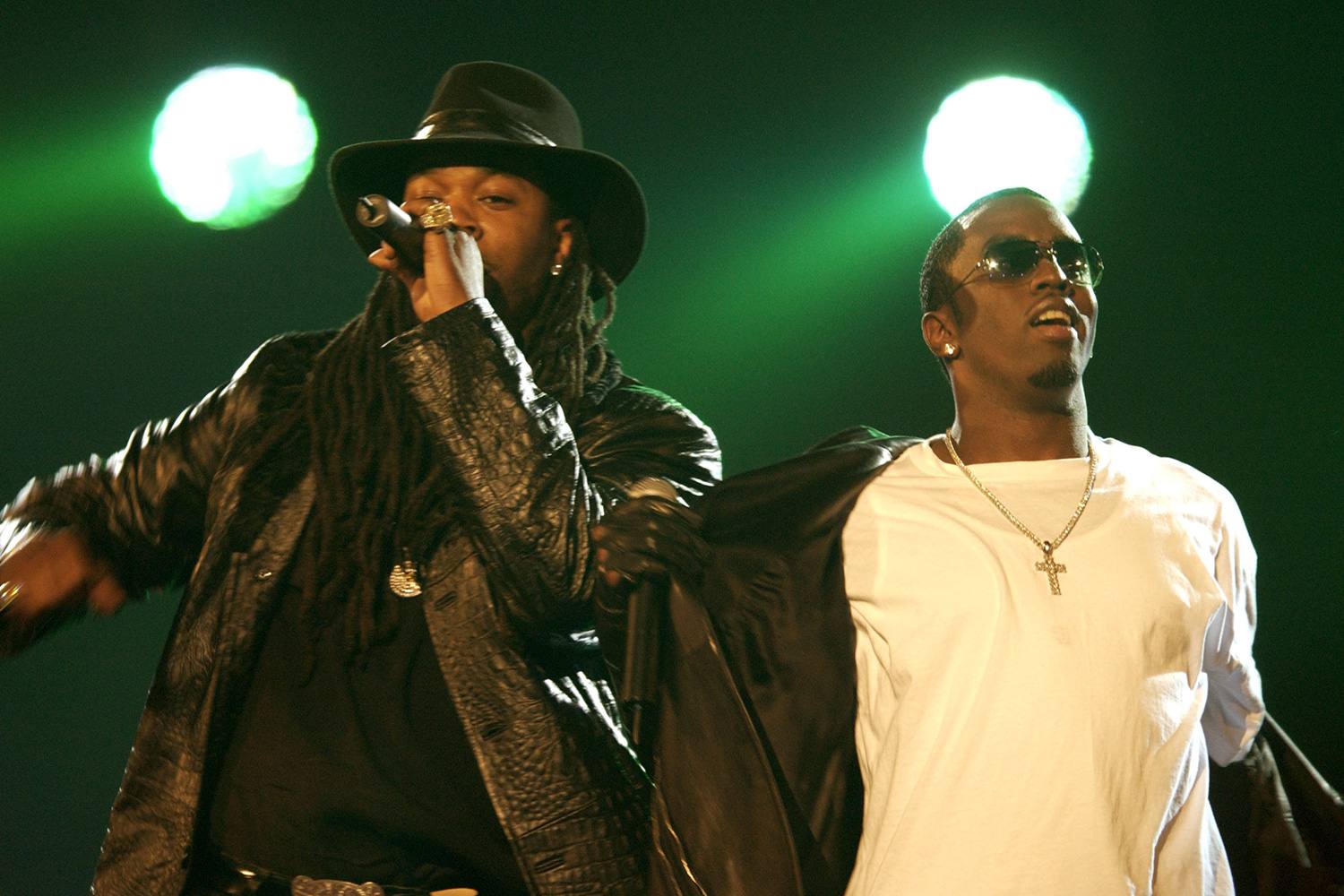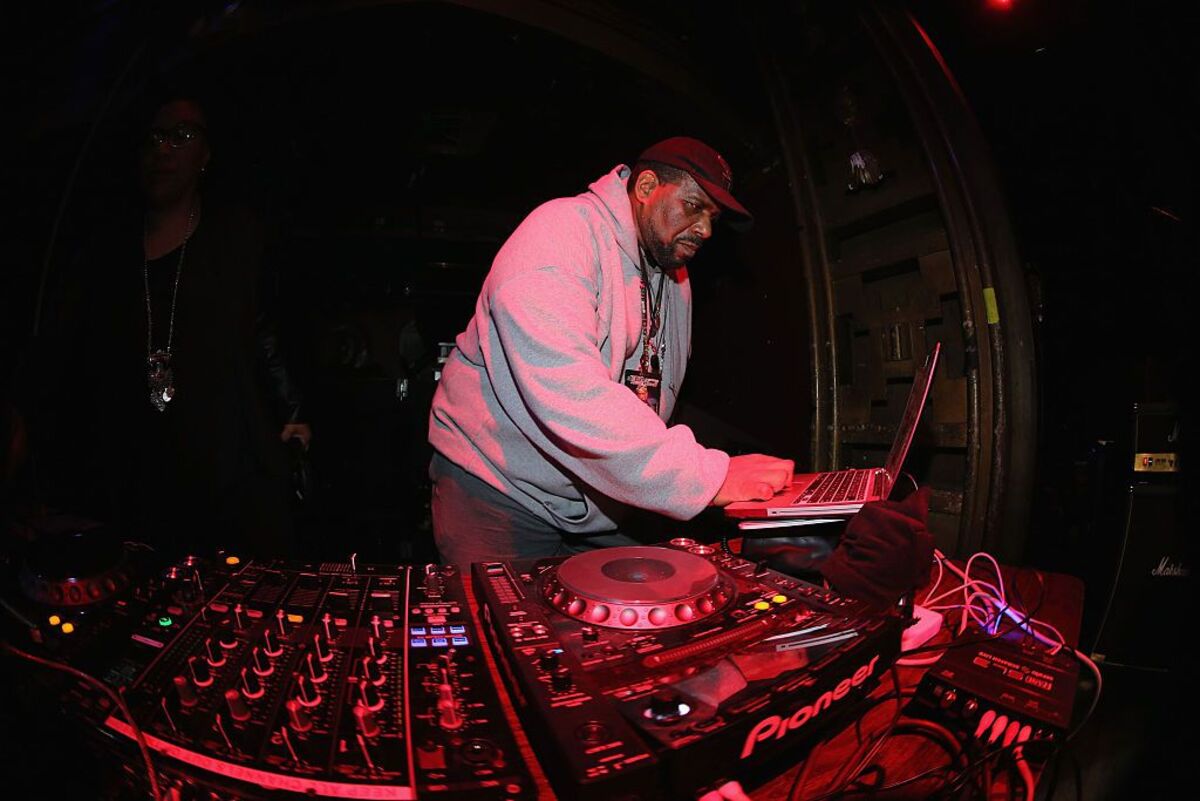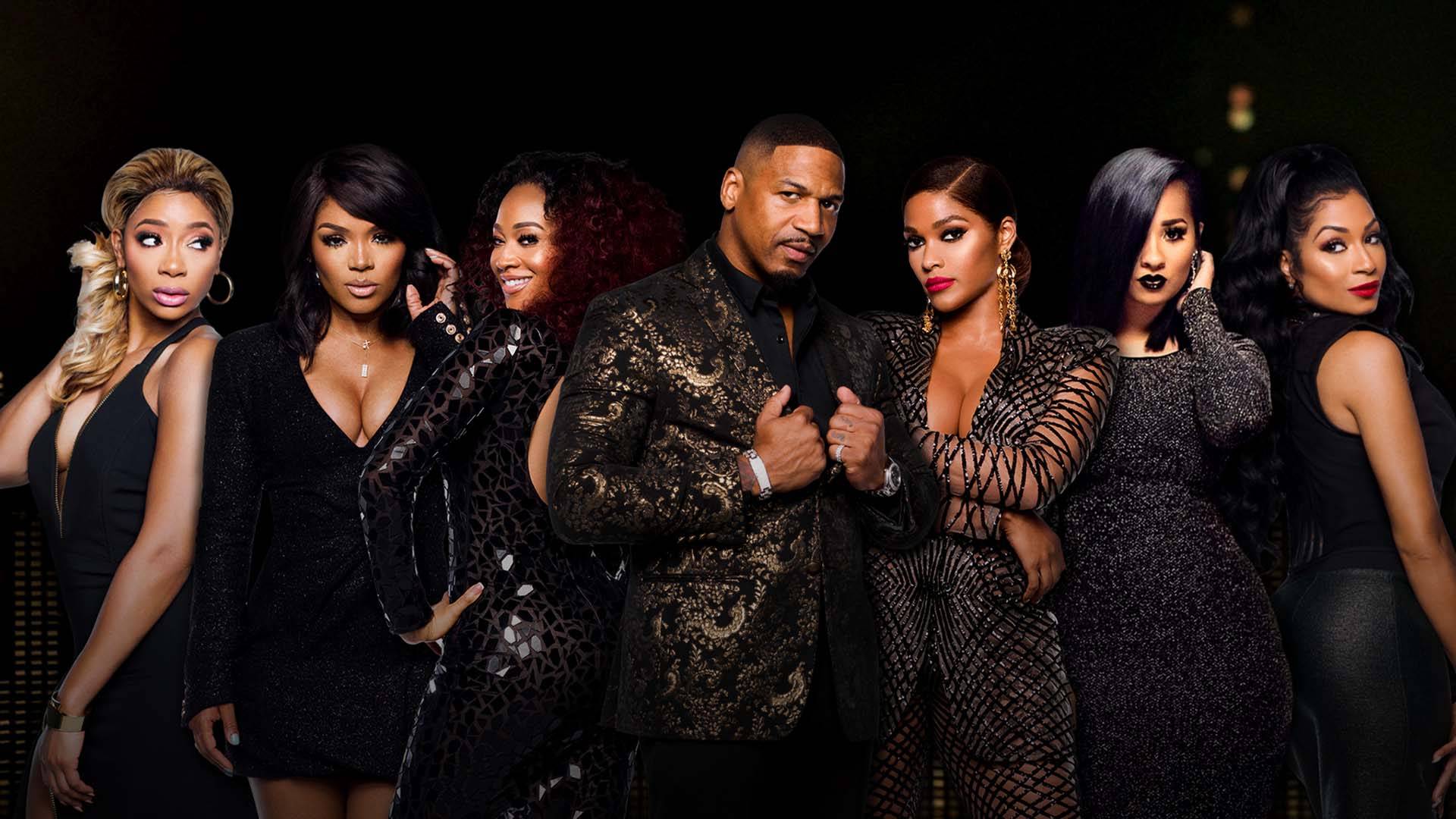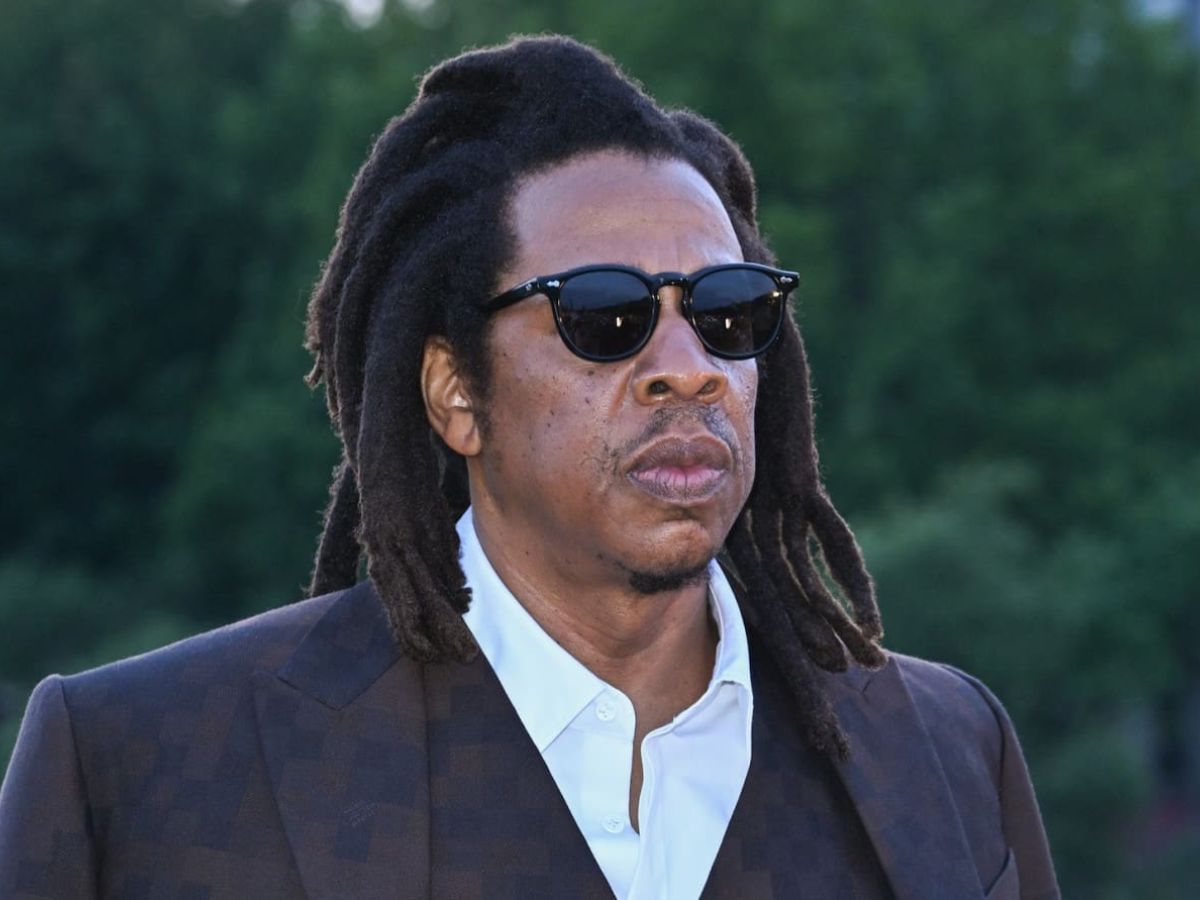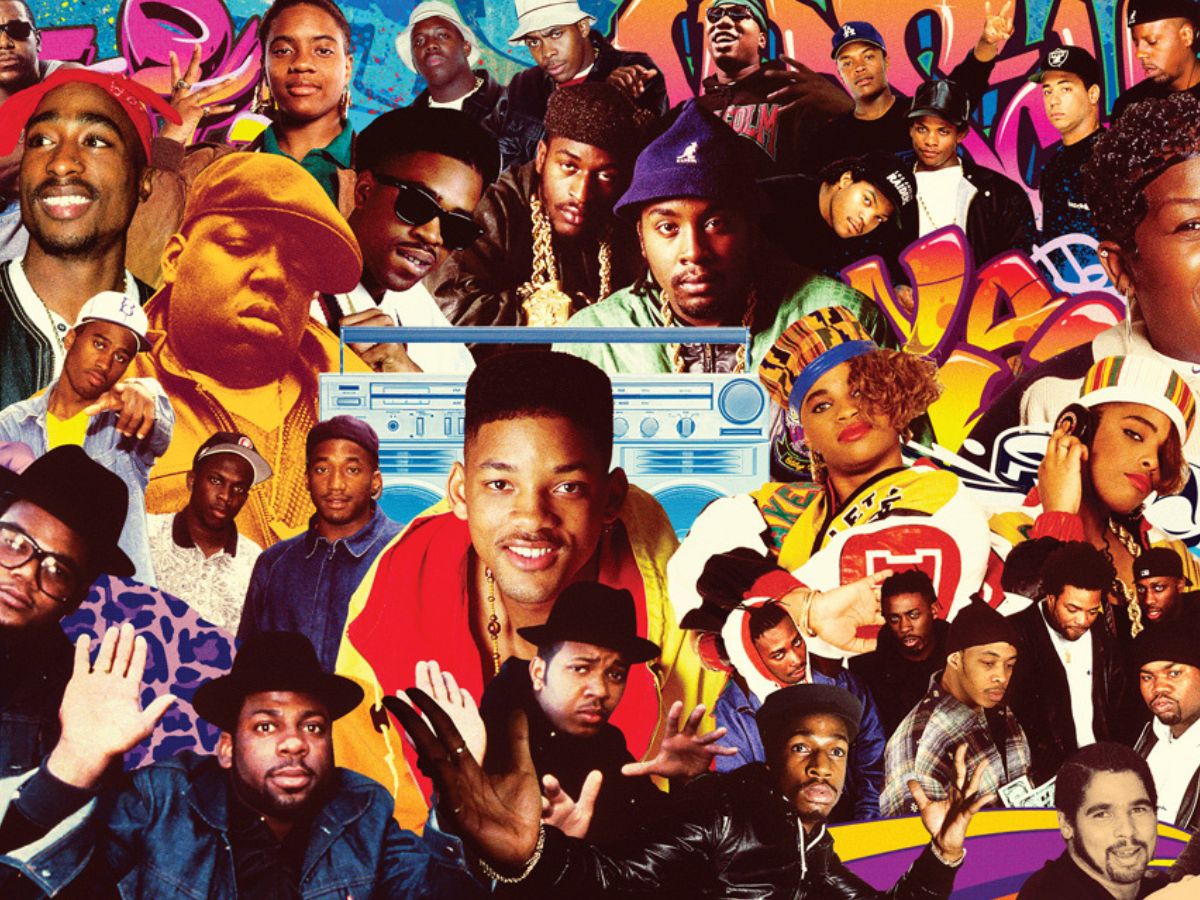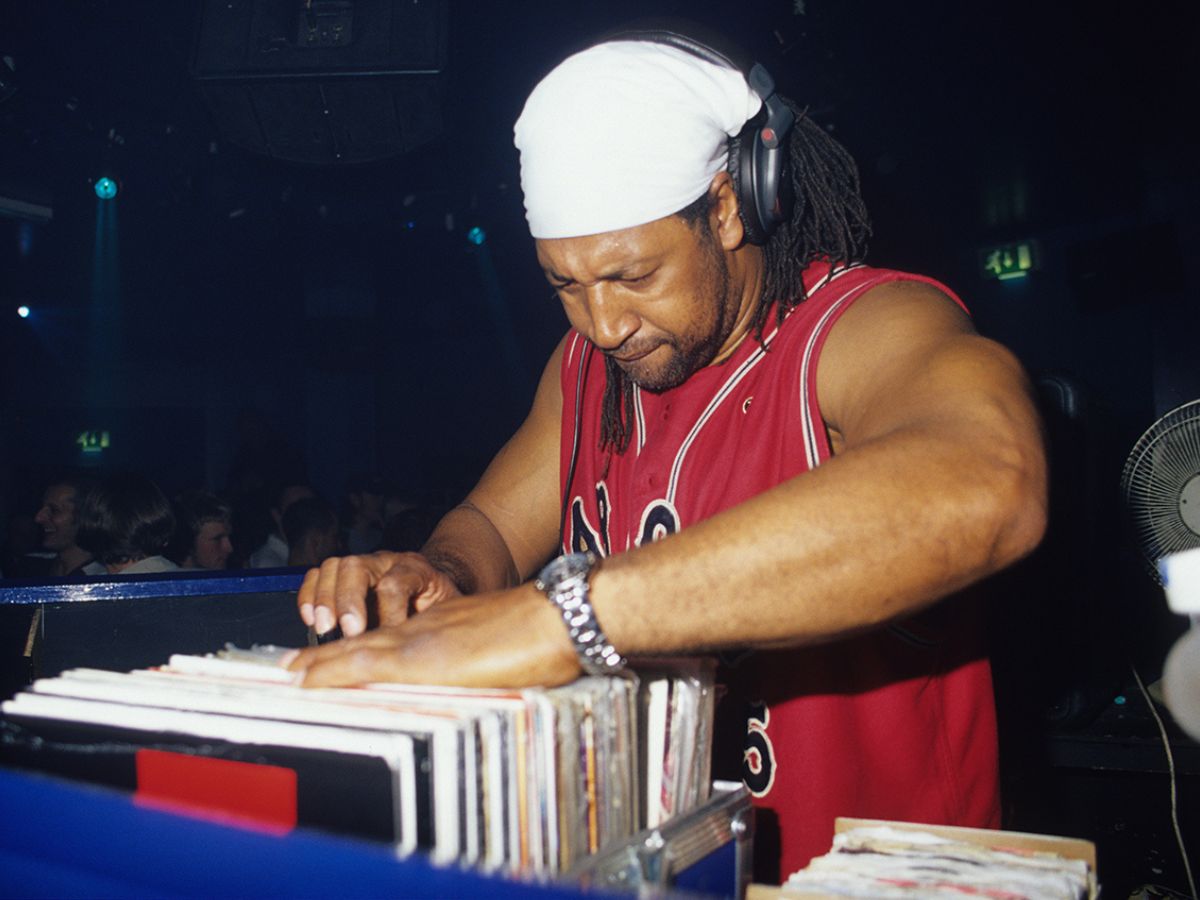Home>Genres>Hip Hop>Who Released The First Commercial Hip Hop Song Rappers Delight?


Hip Hop
Who Released The First Commercial Hip Hop Song Rappers Delight?
Modified: January 25, 2024
Discover the pioneers of Hip Hop with the first commercial release "Rappers Delight" by the influential group. Uncover the origins of this iconic genre.
(Many of the links in this article redirect to a specific reviewed product. Your purchase of these products through affiliate links helps to generate commission for AudioLover.com, at no extra cost. Learn more)
Table of Contents
Introduction
In the vast world of music, few genres have had as significant an impact as hip hop. With its roots in the Bronx during the 1970s, hip hop quickly spread across the United States and eventually became a global phenomenon. One of the pivotal moments in the genre’s history was the release of the first commercial hip hop song, “Rapper’s Delight.”
Released in 1979, “Rapper’s Delight” not only introduced the world to the infectious beats and lyrical prowess of hip hop, but it also paved the way for the mainstream success of the genre. This groundbreaking track set the stage for subsequent hip hop artists, redefining popular music and inspiring countless artists to follow their own creative paths.
In this article, we will delve into the background of hip hop, explore the emergence of “Rapper’s Delight,” and highlight the contribution of the Sugarhill Gang, the group responsible for this iconic track. We will also delve into the impact and legacy of “Rapper’s Delight” within the hip hop community and beyond.
So, join us as we take a trip down memory lane, exploring the origins and cultural significance of the first commercial hip hop song, “Rapper’s Delight.”
Background of Hip Hop
Before we dive into the story of “Rapper’s Delight,” it’s important to understand the rich history and cultural context of hip hop. Hip hop originated in the African American and Latinx communities of the Bronx in the 1970s. It emerged as a dynamic artistic and cultural movement, encompassing various elements such as music, dance, graffiti art, and fashion.
The roots of hip hop can be traced back to block parties and park jams, where DJs like Kool Herc, Afrika Bambaataa, and Grandmaster Flash would entertain crowds with their eclectic selections of music. These DJs used breaks in funk, disco, and soul records, extending them using two turntables and a mixer, which eventually gave rise to the technique known as “sampling.”
Alongside the DJs, there were also MCs (masters of ceremonies) who would engage with the audiences, delivering rhymes and improvisational lyrics over the beats. This fusion of DJing and MCing formed the foundation of hip hop music.
As hip hop gained popularity in the late 1970s and early 1980s, it became a voice for marginalized communities, addressing social and political issues often overlooked by mainstream media. This raw expression of personal experiences and social commentary resonated with a diverse audience and propelled hip hop into the forefront of youth culture.
The rise of hip hop led to the formation of pioneering rap groups such as Grandmaster Flash and the Furious Five, Run-DMC, and The Sugarhill Gang. These artists brought the art of rap to the masses, setting the stage for the commercial success of hip hop music.
With this cultural backdrop in mind, let’s explore the pivotal moment that marked the commercial breakthrough of hip hop: the release of “Rapper’s Delight.”
Emergence of Rapper’s Delight
In the late 1970s, hip hop was still primarily an underground phenomenon, confined to block parties and local clubs in New York City. However, all of that was about to change with the release of “Rapper’s Delight.”
In 1979, a small independent record label called Sugarhill Records released a groundbreaking track called “Rapper’s Delight” by a group called The Sugarhill Gang. The song was produced by Sylvia Robinson, one of the pioneering figures in hip hop and the founder of Sugarhill Records.
“Rapper’s Delight” was built around a bassline borrowed from Chic’s hit song “Good Times.” The Sugarhill Gang’s members, Big Bank Hank, Wonder Mike, and Master Gee, took turns delivering their charismatic and playful rhymes over the infectious groove.
What made “Rapper’s Delight” especially remarkable was that it was the first hip hop song to be released commercially to a wide audience. It captured the essence and energy of the emerging genre and introduced it to mainstream audiences across the globe.
The release of “Rapper’s Delight” opened up doors for hip hop, giving the genre the opportunity to reach a wider audience and gain commercial success. The track’s success was unprecedented, reaching the top of the Billboard R&B charts and peaking at number 36 on the Billboard Hot 100.
The impact and popularity of “Rapper’s Delight” paved the way for other hip hop artists and songs to break into the mainstream. It showcased the creativity, musicality, and lyrical skills of hip hop artists to a larger audience, gaining recognition and acceptance for the genre.
Moreover, “Rapper’s Delight” played a significant role in establishing rap as a legitimate art form. It demonstrated that rap could be commercially successful and introduced the world to the unique storytelling and wordplay of hip hop culture.
With the emergence of “Rapper’s Delight,” hip hop had firmly planted its roots in popular culture, forever changing the music industry and paving the way for the global domination of the genre.
Sugarhill Gang: The Pioneers of Rapper’s Delight
At the forefront of the groundbreaking track “Rapper’s Delight” were the members of The Sugarhill Gang. Composed of Big Bank Hank, Wonder Mike, and Master Gee, they became the faces of the song that would forever shape the trajectory of hip hop.
The Sugarhill Gang was brought together by Sylvia Robinson, the founder of Sugarhill Records. Recognizing the potential of hip hop, Robinson selected the trio and guided them in creating a record that would capture the essence of the burgeoning genre.
Big Bank Hank, a former manager of a pizza restaurant, was known for his deep voice and charismatic delivery. Wonder Mike, with his distinctive high-pitched voice, brought a melodic flow to the group. And Master Gee, the oldest member of the trio, added a smooth and confident presence to their performances.
Together, The Sugarhill Gang crafted “Rapper’s Delight” and immortalized themselves as the pioneers of the first commercially successful hip hop song. Their infectious energy and playful rhymes resonated with audiences, igniting a global fascination with hip hop music and culture.
Despite their groundbreaking success, The Sugarhill Gang faced criticism within the hip hop community for not writing their own lyrics. It was later revealed that the verses in “Rapper’s Delight” were borrowed from a fellow rapper named Grandmaster Caz, who was not credited appropriately at the time.
However, the impact of The Sugarhill Gang’s contribution to “Rapper’s Delight” cannot be overstated. They were instrumental in introducing hip hop to a wider audience and helping it gain acceptance as a legitimate genre. Their performances, both on the record and during live shows, showcased the infectious energy and charisma that became synonymous with early hip hop.
The success of “Rapper’s Delight” launched The Sugarhill Gang into international fame and opened doors for other hip hop artists. They continued to release music throughout the 1980s, but were unable to replicate the same level of success as their debut hit.
Nevertheless, The Sugarhill Gang’s impact on hip hop culture is undeniable. Their role in creating and popularizing “Rapper’s Delight” secured their place in history as pioneers of the genre, forever etching their names in the annals of hip hop.
The Impact and Legacy of Rapper’s Delight
Rapper’s Delight” left an indelible mark on both the hip hop genre and the music industry as a whole. Its impact and lasting legacy can be seen in several significant ways:
- Mainstream Recognition: “Rapper’s Delight” brought hip hop into the mainstream and introduced the genre to a global audience. It served as a catalyst for the commercial success and acceptance of rap music.
- Influence on Future Artists: The playful and infectious nature of “Rapper’s Delight” influenced countless aspiring artists to pursue careers in hip hop. The song’s success inspired a new generation of rappers, who would go on to push the boundaries of the genre in innovative ways.
- Sampling Culture: “Rapper’s Delight” popularized the use of sampling in hip hop, leading to a new era of creativity. The track’s integration of the bassline from Chic’s “Good Times” became a blueprint for future artists who would sample and reimagine classic songs in their own music.
- Lyricism and Storytelling: The Sugarhill Gang’s playful and humorous lyrics in “Rapper’s Delight” set the stage for the art of lyricism in hip hop. The track showcased the power of storytelling and wordplay, establishing a tradition that continues to shape the genre today.
- Cultural Significance: “Rapper’s Delight” marked a cultural turning point, giving a voice to communities that had previously been overlooked. The song’s success sparked conversations about social issues, identity, and empowerment within the hip hop community.
- Genre Evolution: “Rapper’s Delight” laid the foundation for the evolution of hip hop, inspiring the emergence of new subgenres and styles within the genre. Its fusion of catchy hooks, charismatic rhymes, and infectious beats created a blueprint for future artists to build upon.
- Enduring Popularity: Even decades after its release, “Rapper’s Delight” remains a beloved and recognizable anthem. The song continues to resonate with audiences of all ages, making it a timeless classic in the hip hop canon.
The legacy of “Rapper’s Delight” is felt not only within the hip hop community, but also in the broader cultural landscape. Its impact remains undeniable, as it continues to inspire and influence new generations of artists, solidifying its status as a true hip hop classic.
Conclusion
The release of “Rapper’s Delight” by The Sugarhill Gang marked a turning point in the history of hip hop. As the first commercially successful hip hop song, it opened doors for the genre, catapulting it into the mainstream and paving the way for future artists to follow.
With its infectious groove, playful lyrics, and charismatic performances, “Rapper’s Delight” introduced the world to the unique cultural phenomenon of hip hop. It showcased the creativity, lyricism, and storytelling abilities of hip hop artists, forever changing the music industry and popular culture.
The legacy of “Rapper’s Delight” can be seen in the continued influence it has had on subsequent generations of hip hop artists. Its impact extends beyond the genre itself, shaping the way music is created, sampled, and appreciated.
Moreover, “Rapper’s Delight” showcased the power of hip hop as a social and cultural movement, giving a voice to marginalized communities and sparking conversations about identity, empowerment, and social issues. It opened the door for hip hop to address socioeconomic disparities and advocate for change.
As we reflect on the impact and legacy of “Rapper’s Delight,” it is clear that this groundbreaking track transcends time and continues to resonate with audiences today. Its enduring popularity is a testament to the power of hip hop as a transformative and influential art form.
So, as we continue to enjoy and celebrate the rich tapestry of hip hop, let’s remember the pioneers like The Sugarhill Gang and their iconic contribution to the genre. “Rapper’s Delight” will forever hold its place in hip hop history, inspiring future generations of artists to push boundaries, challenge norms, and express their truths through the power of music.




